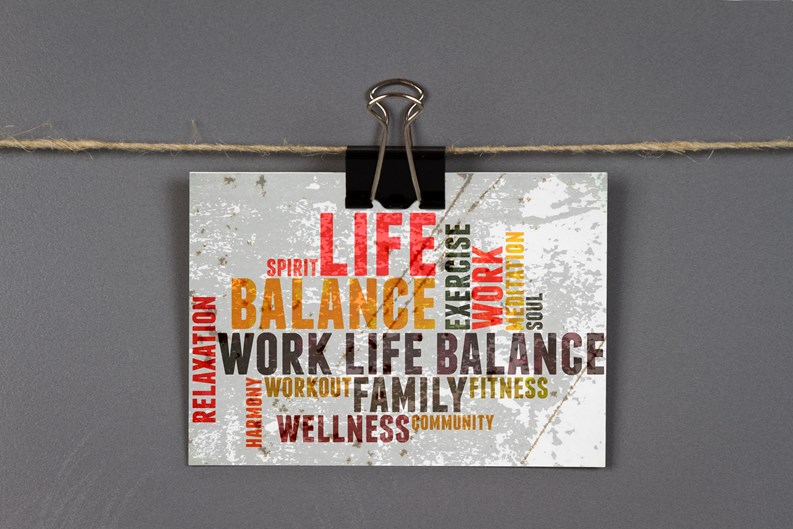At the beginning of the last century, Americans lived primarily in small towns. They knew all their neighbors and wouldn’t think twice about having their children play outside unaccompanied. With the end of World War II, however, American tastes changed. People no longer wanted small-town life, and cities represented opportunities that didn’t exist in small towns. In ever-increasing numbers, Americans moved from inner cities and outer exurbs to suburbs that offered easy commuting to their jobs and safe environments for their children.
The concept of planned unit developments (PUDs for short) emerged around that time to address the shifting mood of America’s homebuyers. PUDs are a designed grouping of varied-but-compatible land uses such as housing, recreation and commercial centers, usually located in one subdivision. The oldest PUDs were built shortly after World War II, and include places such as Levittown and Park Forest, as well as other similar communities that dot the suburban American landscape even now. These carefully planned (often to the point of being discriminatory against certain racial and ethnic groups) communities underpinned a very specific version of the ‘American Dream’ that included a home in a placid suburban landscape where children could roam the streets in search of a pick-up softball game, and spontaneous weekend barbecues with the neighbors were the order of the day.
In the past 30 years that world has changed, too. Commuting times have increased, and safety — or at least the perception of safety — has decreased. Pollution has increased, and fear keeps many children inside homes and in front of TV screens. Rising rates of obesity and other health risks affect both adults and children. Those postwar rows of identical, often prefabricated, homes with lawns like Astroturf and not a single shrub out of place seem quaint and a little dated.
But that doesn’t mean that PUDs are a relic of the past. A major shift in the direction of PUDs is toward so-called ‘wellness communities,’ retrofitting many of the qualities that characterized both the small-town and suburban post-World War II experience with more modern sensibilities and priorities. Today’s wellness communities market that nostalgia to the rising class of millennial homebuyers and older baby boomer adults seeking both an active lifestyle and a community feeling.
The Rise of Wellness Real Estate
According to a report issued by the Global Wellness Institute, wellness communities worldwide represented a $134 billion industry in 2017. The North American market represents $52.5 billion of that total, and is expected to grow by 6.4 percent annually, topping $180 billion by 2022.
Wellness communities can be found in various markets across the United States. Some of the more well-known communities are Serenbe, located outside of Atlanta; Mueller in Austin, Texas; Shearwater, located in St. Augustine, Florida; and Lake Nona in Orlando, Florida. There are also some similar, though smaller, projects located in more northern climes, including Via Verde in the Bronx.
It’s important to keep in mind that wellness communities are not designed to appeal strictly to luxury buyers, or intended solely as large-scale developments. The main consideration in wellness communities is to offer the resident an overall healthier environment that encourages walking over driving, socializing with neighbors over isolation, and outdoor play for children—and integrates those social and health-related activities into people’s daily lives. Communities generally have direct access to parks, running and bicycle paths, and community-wide programs such as yoga classes to accommodate many varied schedules.
Small-Town Feel, 21st-Century Approach
The planned community of Serenbe, located about 30 minutes from Atlanta’s Hartsfield Jackson International Airport, was founded by Steve Nygren in 2004.
According to an article in Fast Company from this past January, Serenbe contains 300 homes and 600 residents. The community is as attractive to active retirees as it is to young families, and has particular appeal to multi-generational families. Every home is required to have an open front porch to encourage socializing with neighbors. Trash is placed in underground compartments reached by something resembling a manhole cover to minimize the unsightliness of trash cans and large garbage toters. Cars must be garaged behind homes rather than in front, and the community also supports an organic farm and a farmers’ market. “There’s a health benefit coming out of almost every [Serenbe] household...We’re having [families] and
retirees move here even just because of the air quality,” said Nygren, as quoted in the Fast Company article.
A Whole World in Itself
Lake Nona is a mixed-use PUD located in Orlando, Florida. It was developed by Tavistock Group, a Bahamas-based investment group founded in 1975. It features homes, apartments, and condominium units; a town center with dining and
entertainment; a medical center; schools; and extensive community activities. The community comprises 17 square miles and 14,000 residences, and continues to grow.
In a CBS This Morning interview, resident Natalia Foote said that she and her family moved to Lake Nona seeking a sense of community. Since moving in, Foote has become an avid practitioner of both yoga and meditation — neither of which she thinks she would have gotten into, had it not been for the yoga and meditation classes included in the free and regularly scheduled activities offered to Lake Nona’s residents. Foote said she was also pleased about the environment the community offers her children, adding that they are more active and participating in outdoor activities through the community’s schools and activities programs.
“Lake Nona is a ‘living-lab’ dedicated to creating impactful health and well-being solutions for people who visit, work, and live here,” according to Jessi Blakley, Senior Director for Tavistock Development Company. “We’ve woven well-being into the fabric of our community, from thoughtfully-designed neighborhoods with 44 miles of planned trails, parks, and 1,000 acres of lakes and waterways, to world-class education facilities from pre-K to PhD, and business clusters dedicated to health and life sciences, and sports and performance. We believe our 360-degree approach to well-being not only makes our community unique and desirable to residents and businesses alike, but helps create a benchmark for the future of comprehensive well-being communities.”
An Oasis in the City
Not all wellness communities are found in exurban locations. South Bronx’s Via Verde, a project of the Jonathan Rose Companies, contains 222 mixed residential units (including both rental and co-op), 7,500 square feet of retail and community facility space, and 40,000 square feet of green roofs and open space for residents. According to the firm’s website: “Via Verde’s stepped form is inspired by the integration of nature and city. At the heart of the project is a dynamic garden that serves as the organizing architectural element and spiritual identity for the community. The connected green rooftops of low-rise townhomes, a mid-rise duplex building, and a 20-story tower are used to harvest rainwater, grow fruits and vegetables, and provide open space for residents. Other amenities that contribute to the project’s theme of healthy living include open air courtyards, a health education and wellness center operated by Montefiore Medical Center, health-oriented retail space, a fitness center, and bicycle storage areas.”
Via Verde has won awards for its design and conceptualization from the American Institute of Architects (AIA), the Urban Land Institute, and the Bruner Foundation.
As is the case in any industry, real estate development continues to change. At the same time, the environment homebuyers seek also continues to evolve. With more and more focus being put on healthier lifestyles by both media and consumers, today’s market movement toward wellness communities is a natural progression for the real estate and housing industries. The trend toward healthy living naturally leads down the path to wellness communities—a place where families can find the best of the past combined with the opportunities for a healthy, active lifestyle of the future.
A J Sidransky is a staff writer/reporter for The Cooperator, and the author of several published novels.







Leave a Comment